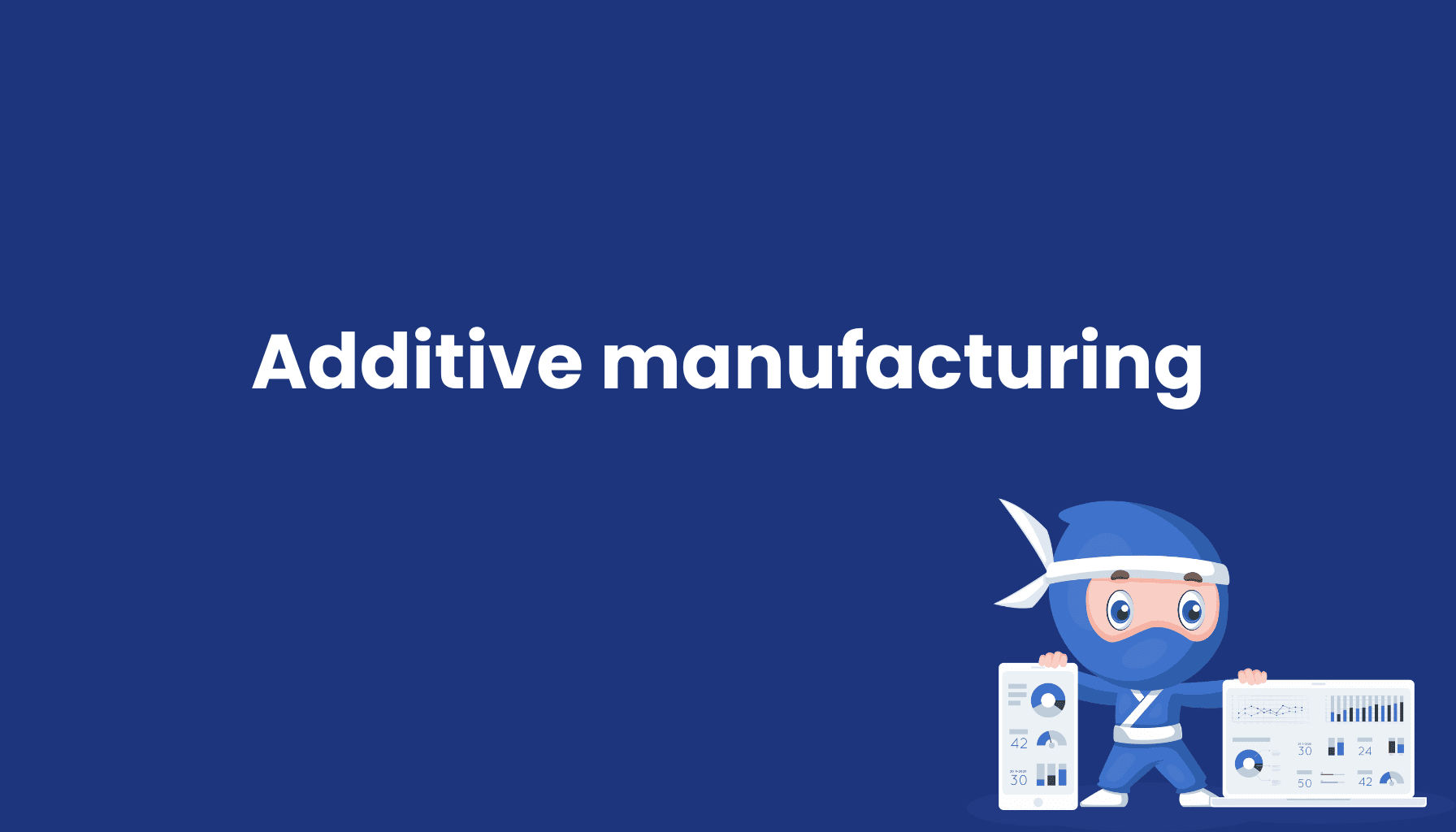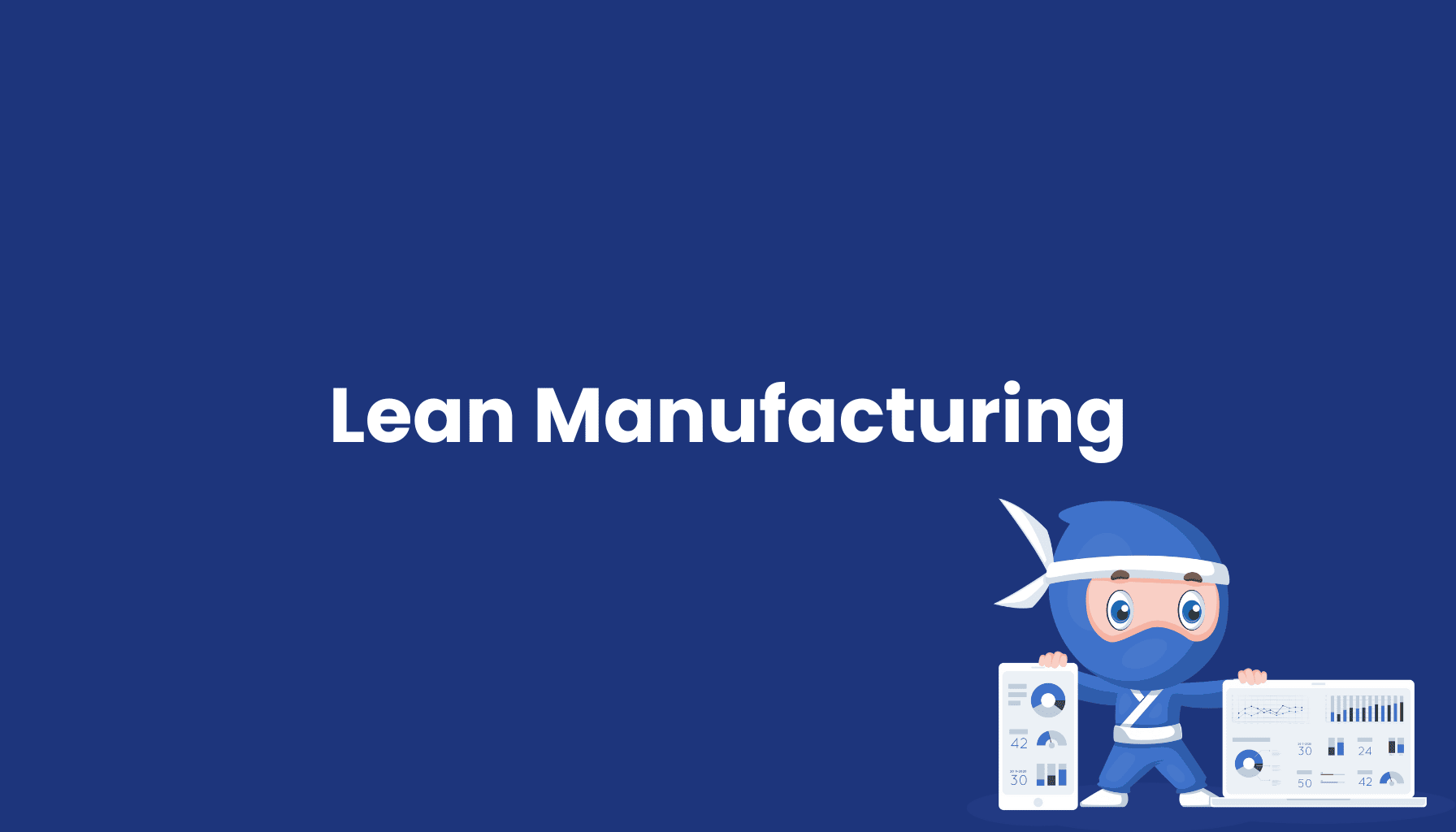Additive manufacturing

What is Additive Manufacturing?
Additive manufacturing, also known as 3D printing, is an innovative production process where materials are added layer by layer to create three-dimensional objects. Unlike traditional subtractive manufacturing methods, which remove material to create parts, additive manufacturing builds objects by adding material, allowing for the creation of complex geometries and customized products with minimal material waste.
Advantages of Additive Manufacturing
- Design Freedom: Enables the production of complex and customized shapes that are difficult or impossible to achieve with traditional methods.
- Material Efficiency: Minimizes material usage by adding only the necessary material, reducing waste.
- Rapid Prototyping: Speeds up the time from concept to production, allowing for quick iterations and faster market launches.
- Cost-Effective for Small Batches: Economical for producing small batches or unique items, as no expensive molds or tools are needed.
- Lightweight Components: Allows for the creation of lighter yet strong components, beneficial for industries like aerospace.
Applications of Additive Manufacturing
- Aerospace: Manufacturing lightweight, high-strength components that reduce fuel consumption and emissions.
- Medical: Producing custom implants, prosthetics, and surgical instruments tailored to individual patients.
- Automotive: Fabricating prototypes, tools, and even end-use parts, leading to reduced production times and costs.
- Consumer Goods: Creating personalized products such as jewelry, footwear, and household items tailored to specific customer needs.
- Architecture and Construction: Developing scale models and even entire building structures through large-scale 3D printing.
Additive Manufacturing Technologies
- Fused Deposition Modeling (FDM): Melts and extrudes thermoplastics through a nozzle, layering the material to form objects.
- Stereolithography (SLA): Uses a laser to cure liquid resin into hardened plastic in a layer-by-layer process.
- Selective Laser Sintering (SLS): Employs a laser to sinter powdered material, fusing the particles to create solid structures.
- Electron Beam Melting (EBM): Uses an electron beam to melt metal powder into a solid part, ideal for high-performance materials.
- Digital Light Processing (DLP): Utilizes light projection to cure liquid resin into solid parts, similar to SLA but typically faster.
Additive Manufacturing and OEE
Overall Equipment Effectiveness (OEE) measures the efficiency and productivity of manufacturing equipment by evaluating availability, performance, and quality. Additive manufacturing can significantly enhance OEE:
- Availability: Reduced downtime due to fewer tool changes and setups.
- Performance: Faster and more flexible production processes.
- Quality: High precision and repeatability ensure superior product quality and reduce the need for rework.
Conclusion
Additive manufacturing revolutionizes the way products are designed, developed, and produced. It offers numerous advantages, including design freedom, material efficiency, rapid prototyping, and cost-effectiveness for small batches. By integrating additive manufacturing into modern production processes, companies can enhance their Overall Equipment Effectiveness (OEE), improve product quality, increase productivity, and maintain a competitive edge.
Learn more about how additive manufacturing can revolutionize your production processes and the benefits it offers for your business.





